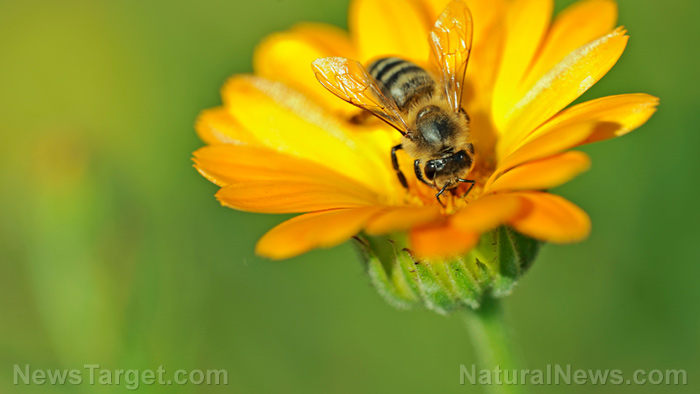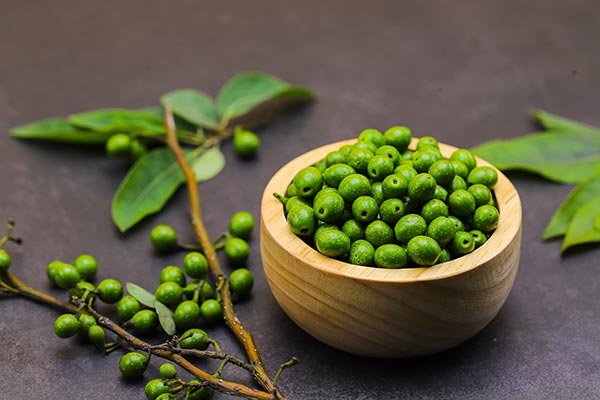Calotropis gigantea demonstrates significant anthelmintic activity against Indian earthworms
09/15/2020 / By Evangelyn Rodriguez

In this study, Indian researchers investigated the phytochemical composition and anthelmintic activities of Calotropis gigantea, also known as crown flower or giant milkweed. Their findings were published in The Journal of Phytopharmacology.
- Since ancient times, C. gigantea has been used to treat a wide variety of ailments.
- Its root is said to be an effective remedy for piles, tumors, wounds, dysentery and parasitic infections.
- Different types of worms are known to burrow through internal organs and cause helminthiasis.
- These parasitic worms enter the body via foods contaminated with their eggs or larvae.
- Helminthic infections are some of the most widespread infections in humans. But according to the World Health Organization, all medications currently used as treatment are synthetic drugs.
- These drugs have a lot of undesirable side effects, making helminthic infections even larger health hazards.
- Fortunately, many plants, like Ficus benghalensis (banyan) and Alpinia nigra (black galangal), are potent sources of compounds with anthelmintic activities.
- In search of a natural anthelmintic agent, the researchers obtained various extracts from C. gigantea leaves using different solvents.
- They screened these extracts for their phytochemical content and tested them on Pheretima posthuma, or Indian earthworms.
- The researchers reported that the methanol extract showed almost comparable anthelmintic activity to the anti-worm medication, albendazole.
- They also found that C. gigantea leaves contain alkaloids, glycolides, coumarins, saponins and anthroquinones.
Based on these findings, the researchers concluded that C. gigantea is a natural anthelmintic agent that can be used as an alternative to modern medications.
Read the full study at this link.
Journal Reference:
De S, Dutta S, Das DC, Das M. IN VITRO ANTHELMINTIC ACTIVITY OF AKANDA (CALOTROPIS GIGANTEA L.) WHOLE PLANT METHANOLIC EXTRACT IN INDIAN ADULT EARTHWORM. The Journal of Phytopharmacology. 2019;8(4):152-154.
Tagged Under: alternative medicine, anthelmintic, disease treatments, giant milkweed, helminthiasis, herbal medicine, Herbs, natural cures, natural medicine, parasitic infections, parasitic worms, phytonutrients, plant medicine, remedies, research
RECENT NEWS & ARTICLES
COPYRIGHT © 2017 RESEARCH NEWS



















